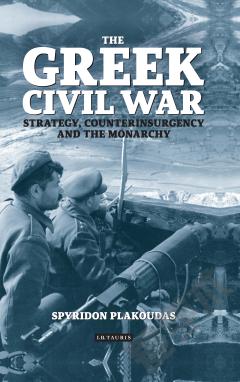Commemorating Conflict: Greek Monuments of the Persian Wars
This study is concerned with how the Greek peoples, of primarily the classical period, collectively commemorated the Persian Wars. The data presented here are public monuments, which include both physical and behavioural commemorations. The aim of this work is to reveal and present the methods by which Greeks of the fifth century BC commemorated the Persian Wars. Several trends have drawn attention away from studies presenting commemorative practices in their entirety: the focus on singular monument types, individual commemorative places, a particular commemorating group or specific battle, and an overemphasis on Athenian commemorations. This project works towards rectifying this issue by highlighting the variations in commemorative traditions. This holistic approach to the data, which is inclusive in its remit of commemorative objects, places, and groups, allows for a more complete representation of the commemorative tradition. What emerges from this study is the compilation of all known ancient Greek monuments to commemorate the battles of Marathon, Salamis, Artemisium, Thermopylae and Plataea.
{{comment.content}}








 京公网安备 11010802027623号
京公网安备 11010802027623号